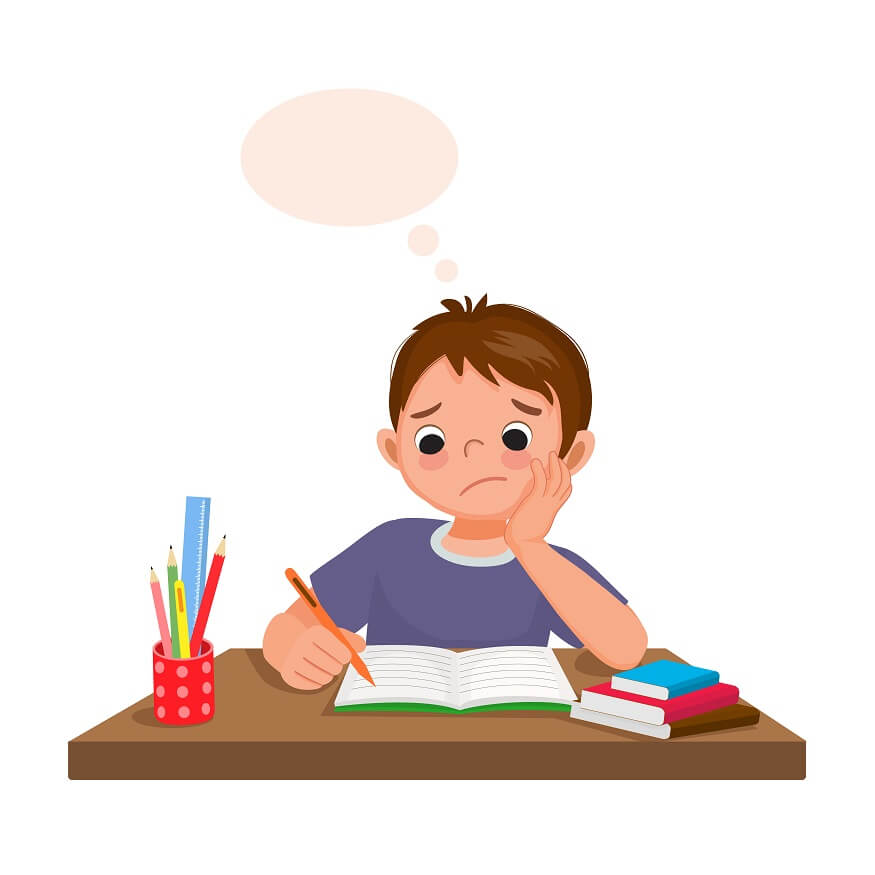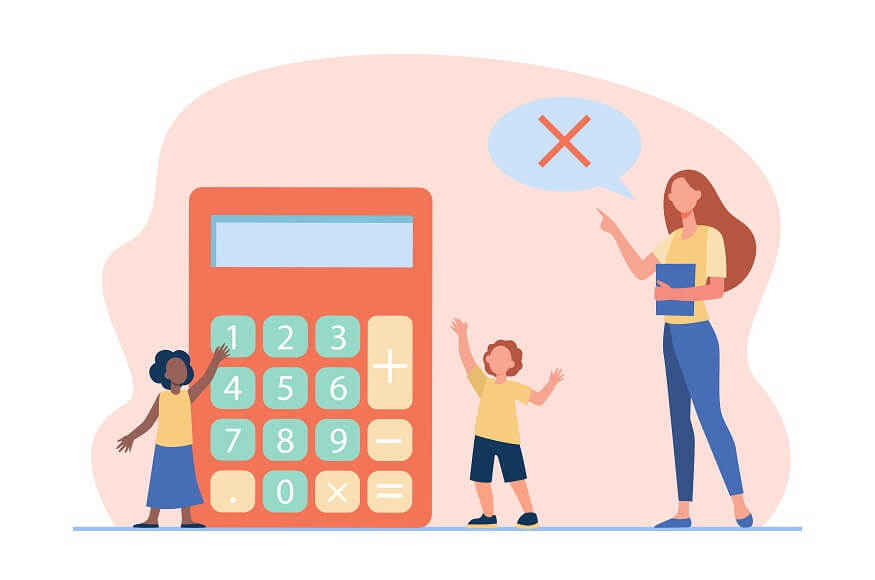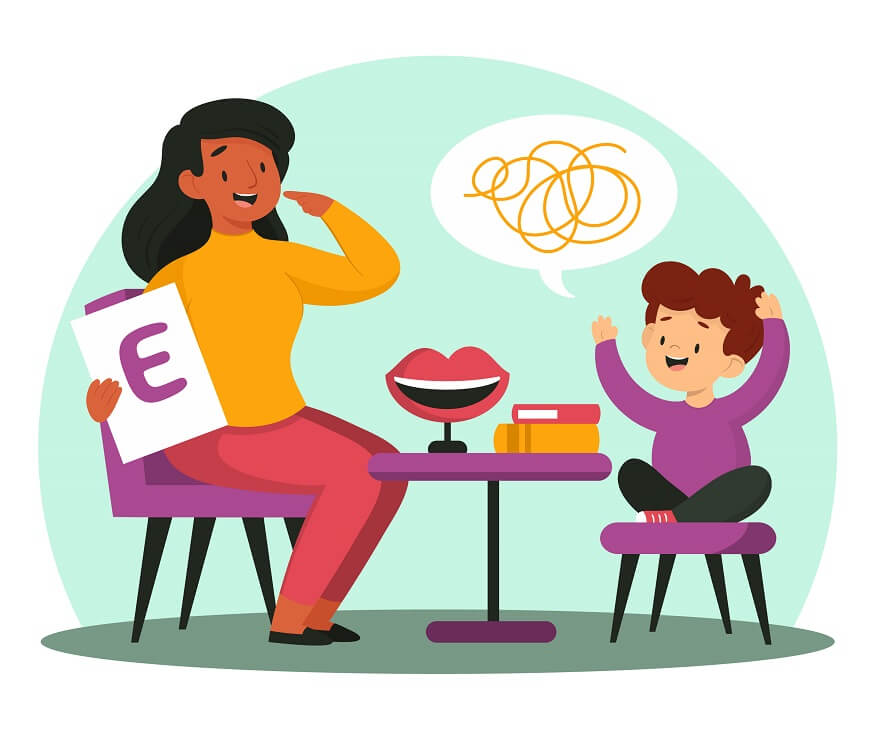Dysgraphia is often disregarded as a disability. However, it has serious effects on those who are suffering from it, especially in a culture where written communication holds high importance.
The description, signs, and available treatments for this less well-known learning disorder are provided on this page.
Dygraphia Definition
A neurological condition called dysgraphia typically impacts writing skills.
It originates from the Greek words “dys,” meaning difficulty, and “graph,” implying writing. In essence, people who have dysgraphia, find it challenging to channel their fine motor abilities. This results in poor handwriting, improper spelling, and difficulty expressing their thoughts in writing.
Although often associated with dyslexia, dysgraphia is distinct. While dyslexia is related to issues with reading and spelling, dysgraphia refers specifically to difficulties with writing. Despite the possibility of coexistence, the two circumstances each present unique issues that necessitate distinct intervention strategies.
Also Read: What is teenage stress? Causes, symptoms and stress management for teens
Dysgraphia Symptom
The symptoms of dysgraphia can vary between individuals and may change over time, often becoming more evident as children grow older and their written assignments become more complex. Some common symptoms include:
Poor Handwriting: This is perhaps the most noticeable sign of dysgraphia. Handwriting might be inconsistent, with a mix of upper-case and lower-case letters, letters of varying sizes, or letters that are incorrectly formed. Handwriting may be slow, painstaking, and less legible than that of peers.
Difficulty with Spelling: Despite having appropriate spelling instruction, individuals with dysgraphia might frequently misspell words and struggle with grammar and punctuation rules.
Trouble Writing Thoughts Down: Individuals with dysgraphia often find it challenging to put their thoughts into written words. Their sentences may lack clarity, appear disjointed, or the content may not flow logically.
Poor Spatial Planning on Paper: Those with dysgraphia often struggle with spatial organisation on the page. They may not adhere to margins, their words might float around the page, and they may use inappropriate spaces between words and letters.
Pain or Discomfort While Writing: Writing for even short periods may cause cramps, fatigue or discomfort in the hand or arm.
Avoidance of Writing Tasks: Due to these challenges, individuals with dysgraphia may develop a dislike for writing and try to avoid tasks that involve a lot of writing.
Slow Writing Speed: People with dysgraphia often write much slower than their peers. This can become problematic in school settings where time-limited tasks are common.
Difficulties with Fine Motor Skills: This can manifest as challenges with holding and controlling a pencil, including poor grip, and may also affect the person’s ability to draw or complete other tasks requiring hand-eye coordination.
Remember that dysgraphia is a complex disorder, so merely displaying one or two of these signs does not indicate that a person has the condition.
Dysgraphia must be diagnosed and distinguished from other learning disabilities with a professional evaluation.
Also Read: What is Kinesthetic Learning? Meaning, Style, Examples, Activities
Dysgraphia Treatment
Treating dysgraphia involves an individualised approach designed to help the person learn how to cope with the condition and manage their symptoms. Despite the fact that dysgraphia is a lifetime affliction, people can learn to successfully manage their personal and academic lives with the correct guidance and coping mechanisms. Here are some of the key strategies for treating dysgraphia:
Occupational Therapy: An occupational therapist is instrumental in dysgraphia management. They teach ways for gripping a writing instrument correctly, manipulating it precisely, and applying the appropriate amount of pressure as they work to improve fine motor skills. Occupational therapy may also include sensory integration activities to improve hand-eye coordination.
Explicit Instruction in Writing: People with dysgraphia can benefit greatly from explicit instruction in handwriting and spelling, including individual letter formation, upper and lower case letters, and cursive writing. Additionally, it’s important to teach them how to organise their thoughts, brainstorm ideas, draught, revise, and edit their written work.
Assistive Technology: Assistive technology can help to bypass the difficulties associated with dysgraphia. This could include speech-to-text software, which allows the user to speak their thoughts and see them transcribed in real-time. Other options are word processors, spell-check and grammar-check tools, or digital note-taking applications.
Educational Accommodations: In the educational setting, accommodations can help to level the playing field. These could include extra time for written tasks, the use of a scribe who writes down the student’s verbal response, alternative ways to demonstrate knowledge such as oral presentations, or the use of a computer for written assignments.
Self-Regulation Strategies: Teaching self-regulation strategies can help individuals with dysgraphia manage their writing tasks. Setting goals, keeping track of one’s own progress, assessing one’s own work, and attributing success to effort and the application of taught techniques are a few examples of these practises.
Social and Emotional Support: Dysgraphia can sometimes lead to frustration, low self-esteem, and anxiety around schoolwork. Therefore, psychological support, such as counselling or therapy, may also be helpful. It’s crucial to create a welcoming atmosphere where the person feels supported and understood.
Always remember that the treatment must be customised to the individual’s unique requirements.
Different dysgraphia sufferers will struggle in different ways, and what works well for one individual might not be as effective for another.
With patience, understanding, and the right strategies, individuals with dysgraphia can find ways to express themselves effectively in writing.
Dysgraphia, while challenging, is not insurmountable. People with dysgraphia can succeed in both their academic and personal life with an early diagnosis, specialised assistance, and the appropriate tactics. By gaining a better understanding of illnesses like dysgraphia, we can encourage more accepting and understanding communities for everyone. Understanding is the first step to assistance. If you or your child is experiencing trouble writing, it’s imperative to consult with a doctor or other healthcare professional.
They can evaluate your child’s writing abilities and, if necessary, make therapeutic recommendations.
Also Read: What Is Learning Disability? 8 Career Options for Students with Learning Disabilities
The information on this website does not take the place of seeking competent medical advice. EuroSchool encourages you to consult with a qualified healthcare professional for any health concerns you may have. Content published on this website should not be used for disease treatment, diagnosis, prevention, or curing.
Regardless of their aptitude, EuroSchool is committed to providing every child with a comprehensive education. They work to create a friendly atmosphere where all learners can feel inspired since they think all children can learn and develop.










